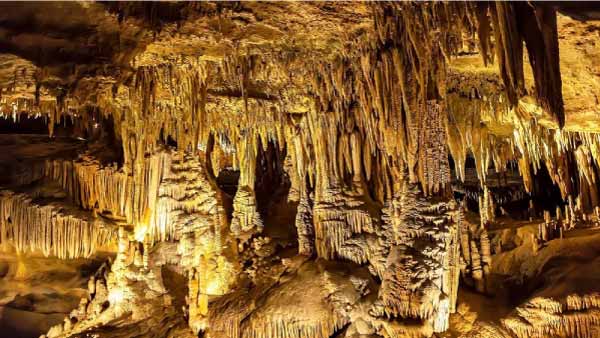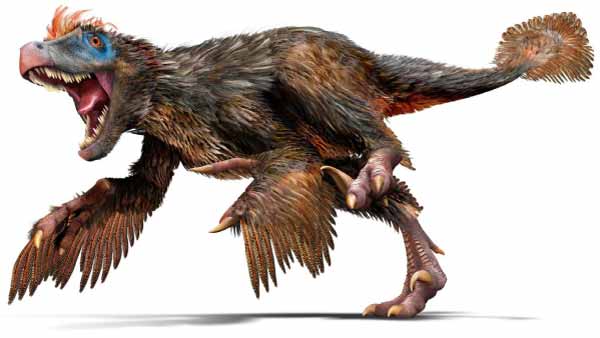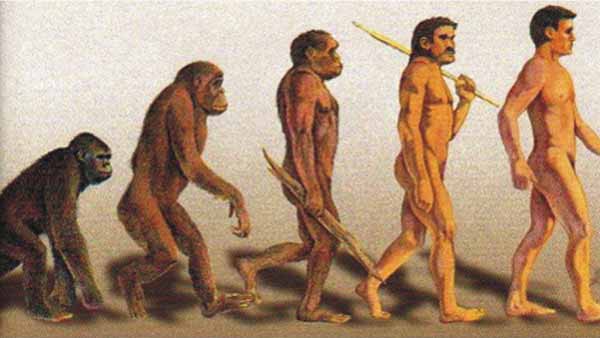Paleoclimatology is the branch of science that studies past climate changes on Earth, from geological and biological records. This discipline is based on the study of geological records such as tree rings, ice sheets, ocean sediments, cave deposits, and fossils.
It aims to understand how climate has evolved in the past, and how it has affected life on Earth. For example, you can study how temperature, precipitation and other climatic parameters have varied at different times in the past, such as during glaciations or warm periods.
In addition, paleoclimatology is important for understanding how climate has influenced human history, such as the expansion of ancient civilizations, the migration of peoples, and the rise and fall of empires.
Paleoclimatology studies are fundamental to understanding current climate changes and predicting their impact in the future.
Study of geological records
The study of geological records in paleoclimatology involves analyzing different types of materials, such as ice sheets, lake and ocean sediments, caves, fossils, and tree rings. These records provide information about past climate and how it has evolved over time.
Among the techniques used in the study of geological records in paleoclimatology are:
Isotope analysis: The isotopic composition of elements present in geological records is analyzed to determine information about temperature, humidity, and other climatic parameters of the past.
Sediment analysis: Sediments from oceans and lakes can provide information about temperature and the amount of precipitation in the past. They can also indicate changes in ocean circulation patterns.
Fossil study: Fossils of plants and animals can provide information about the climatic conditions in which they lived. For example, the remains of animals that can only survive in hot climates may indicate that in a given region there was a warmer climate in the past.
Tree ring analysis: Tree growth rings can provide information about temperature, humidity, and the amount of precipitation in the past. In addition, tree rings can be used to reconstruct the history of wildfires and other extreme weather events.
In summary, the study of geological records in paleoclimatology is an important tool for understanding how climate has evolved in the past and how it may affect the future.
Study of biological records
The study of biological records in paleoclimatology involves analyzing how past climate changes have influenced the evolution and distribution of life on Earth. Biological records include the fossil remains of organisms, as well as historical records of the geographic distribution of species.
Among the techniques used in the study of biological records in paleoclimatology are:
Study of fossils
The fossil remains of plants and animals provide information about the distribution and evolution of species over time. For example, plant fossils may indicate changes in temperature and humidity in a given region, while animal fossils may indicate changes in the distribution of habitats.
Analysis of communities of organisms
Studying communities of organisms in the past can provide insights into how climate changes have influenced the composition and distribution of species. For example, if a species disappears from the fossil record in a certain region, it may indicate that there was a change in environmental conditions that the species could not tolerate.
Study of migration patterns
Historical records of the geographic distribution of species can provide insights into how past climate changes have influenced species’ migration patterns. For example, if a species expands to a new region at a certain time, it may indicate that the climatic conditions in that region became more favorable for the species.
In summary, the study of biological records in paleoclimatology is important for understanding how past climate changes have influenced the evolution and distribution of life on Earth, and how they may affect the future of species today.
Glaciations
Glaciations are periods in Earth’s history when large expanses of ice cover continental regions and extend over the oceans. Earth is thought to have experienced at least five major glaciations in its history, although there have also been shorter periods of cooling and glacier advance, known as “little ice ages.”
During ice ages, global temperatures decrease and sea levels drop due to the amount of frozen water in glaciers and ice caps. In some regions, glaciers can advance hundreds of kilometers toward the equator. Factors contributing to the occurrence of glaciations are thought to include Earth’s orbital variability, volcanic eruptions, solar activity, and other factors.
Glaciations have a significant impact on the Earth and the life that inhabits it. Changes in sea level and the distribution of land and water can alter weather patterns and marine life. In addition, glaciations can affect water availability and climate for humans and other living things.
Currently, human activity, particularly the emission of greenhouse gases that increase global temperature, is believed to be altering Earth’s climate in ways that could lead to major changes in climate, including sea level rise and the occurrence of more extreme weather events. Therefore, the study of past glaciations and their impact on climate and life is important to better understand how human activity can affect climate and life on Earth.
Warm periods
Warm periods in Earth’s history are periods when global temperatures are warmer than normal. These periods are often contrasted with glaciations, periods of global cooling and glacier advance.
Some of the most important warm periods in Earth’s history include:
The middle Eocene, about 40-50 million years ago: During this period, global temperatures were between 6 and 14 degrees Celsius warmer than today. Tropical forests extended to higher latitudes and sea levels were much higher than today.
The middle Miocene, about 15-17 million years ago: During this period, global temperatures were between 3 and 4 degrees Celsius warmer than today. Tropical forests extended to higher latitudes and sea levels were higher than today.
The Pliocene, between 5 and 3 million years ago: During this period, global temperatures were between 2 and 3 degrees Celsius warmer than today. Sea levels were higher than today and tropical forests extended to higher latitudes.
It is important to note that warm periods have also occurred in Earth’s history due to natural activity, such as changes in Earth’s orbit, solar activity, and volcanic eruptions. However, it is currently believed that human activity, particularly the emission of greenhouse gases that increase global temperature, is causing climate change that could lead to an increase in the frequency and duration of warm periods on Earth.
Forest fires
Forest fires are a type of fire that spreads in natural areas, such as forests, jungles, grasslands, and grasslands. They can be caused by natural factors, such as lightning, or by human activities, such as burning land for agriculture, building roads, and cutting down trees.
They can have a significant impact on the environment and wildlife. Fire can kill plants and animals and destroy natural habitats. In addition, fires can release large amounts of carbon dioxide and other greenhouse gases into the atmosphere, contributing to climate change.
Preventing wildfires is important to reduce their negative impact. This includes measures such as weed clearing and implementing regulations to control the use of fire in agriculture and other human activities. Firefighters and other emergency workers also play an important role in fighting wildfires and protecting wildlife and nearby communities.
In some regions, forest fires are a natural part of the ecosystem life cycle and can even be beneficial in some cases, as they allow forests to regenerate and grow healthier. However, wildfires that occur with greater frequency, intensity and duration can be a sign of climate change and its effects on climate and vegetation.


